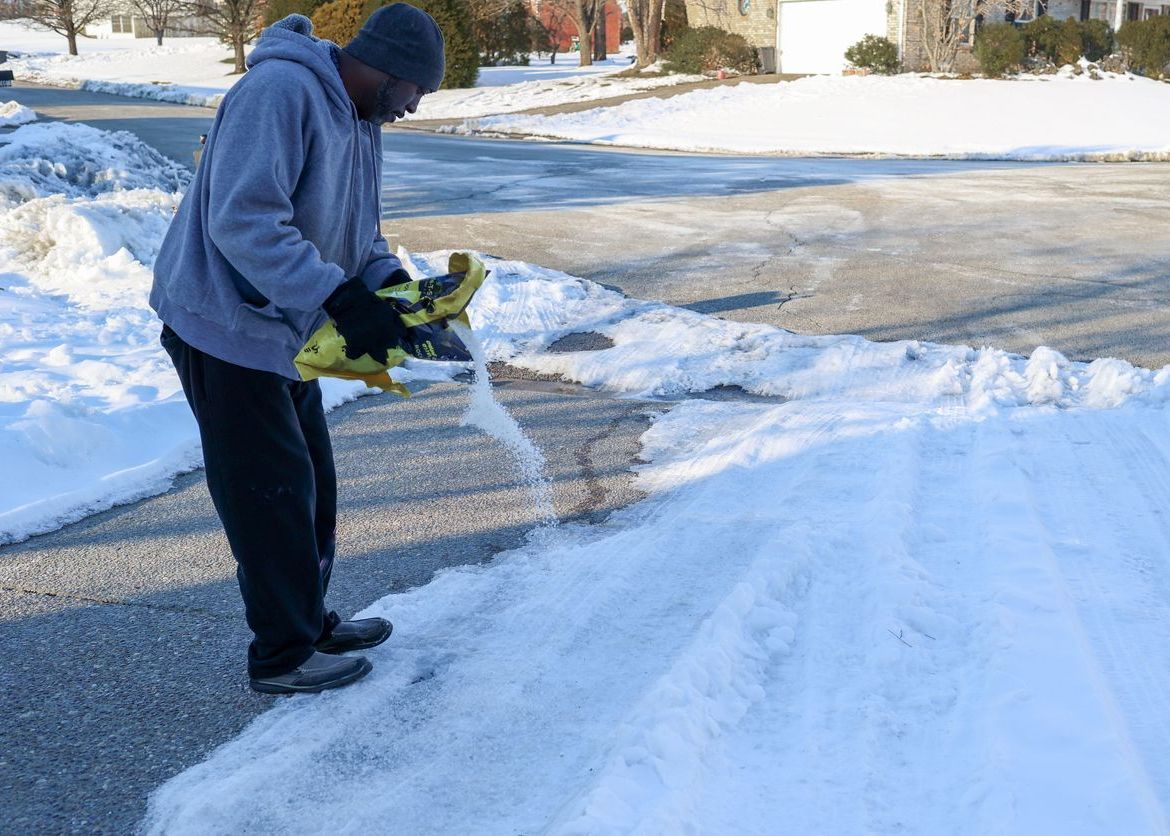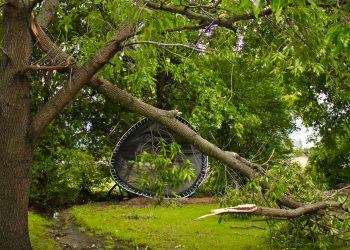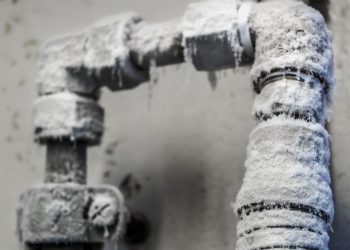Snow and ice can make it difficult to get vehicles in and out of your driveway. Winter weather can also cause slip-and-fall accidents and serious injuries. Salt and sand are both used to deal with slippery surfaces. Each has advantages and disadvantages.
Pros and Cons of Salt
Salt lowers the freezing point of water, causes snow and ice to melt, and prevents more from accumulating. In extremely cold temperatures, salt loses its effectiveness.
Rock salt can harm the environment. Even if you only spread salt on your driveway, when snow and ice melt, salt can get washed away and wind up in your yard and garden, where it can damage vegetation. Salt can also get carried into a drain and contaminate the local water supply.
Salt can irritate an animal’s paws. When the animal licks its feet, it can ingest salt. If you have a dog or cat that goes outside and you use salt on your driveway, cover your pet’s feet or wash its paws as soon as it returns to the house.
Rock salt can stain your driveway and corrode the metal on vehicles. People can carry salt into the house on their boots, and it can scratch and damage the flooring. If you spread salt on your driveway, make sure that people remove their shoes or boots at the door.
Pros and Cons of Sand
When sand is spread on a slick surface, its gritty texture provides traction that can keep vehicles from sliding and keep people from falling. Sand doesn’t affect water’s freezing point, so it won’t make snow or ice melt.
If improving traction is your top priority, sand is a better choice than salt. Sand can do the job, and it won’t damage the environment or harm plants or animals.
Sand is only effective when it’s on top of an icy surface. If sand gets blown away or covered by more snow, it can no longer provide traction. You might have to apply sand several times. The cost can add up, and using a lot of sand can lead to drainage problems.
Sand can also get tracked into your house on people’s shoes or boots and scratch the floor. Whether you use sand or salt on your driveway, you should implement a “no shoes in the house” policy.
Which Is Better for You?
Both salt and sand have benefits and drawbacks. Consider the amount of snow and ice you’re dealing with and the temperature. If you’re concerned about the potential impact on the environment or pets, that will also influence your decision.











